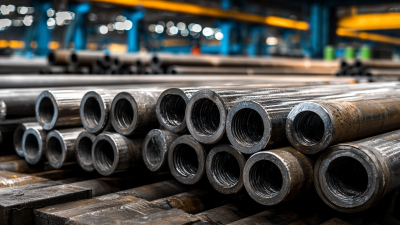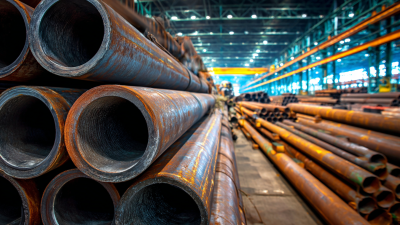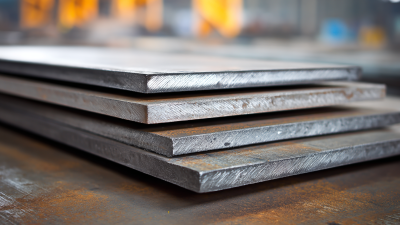In the industrial sector, the selection of materials is critical to ensuring the efficiency and safety of operations.
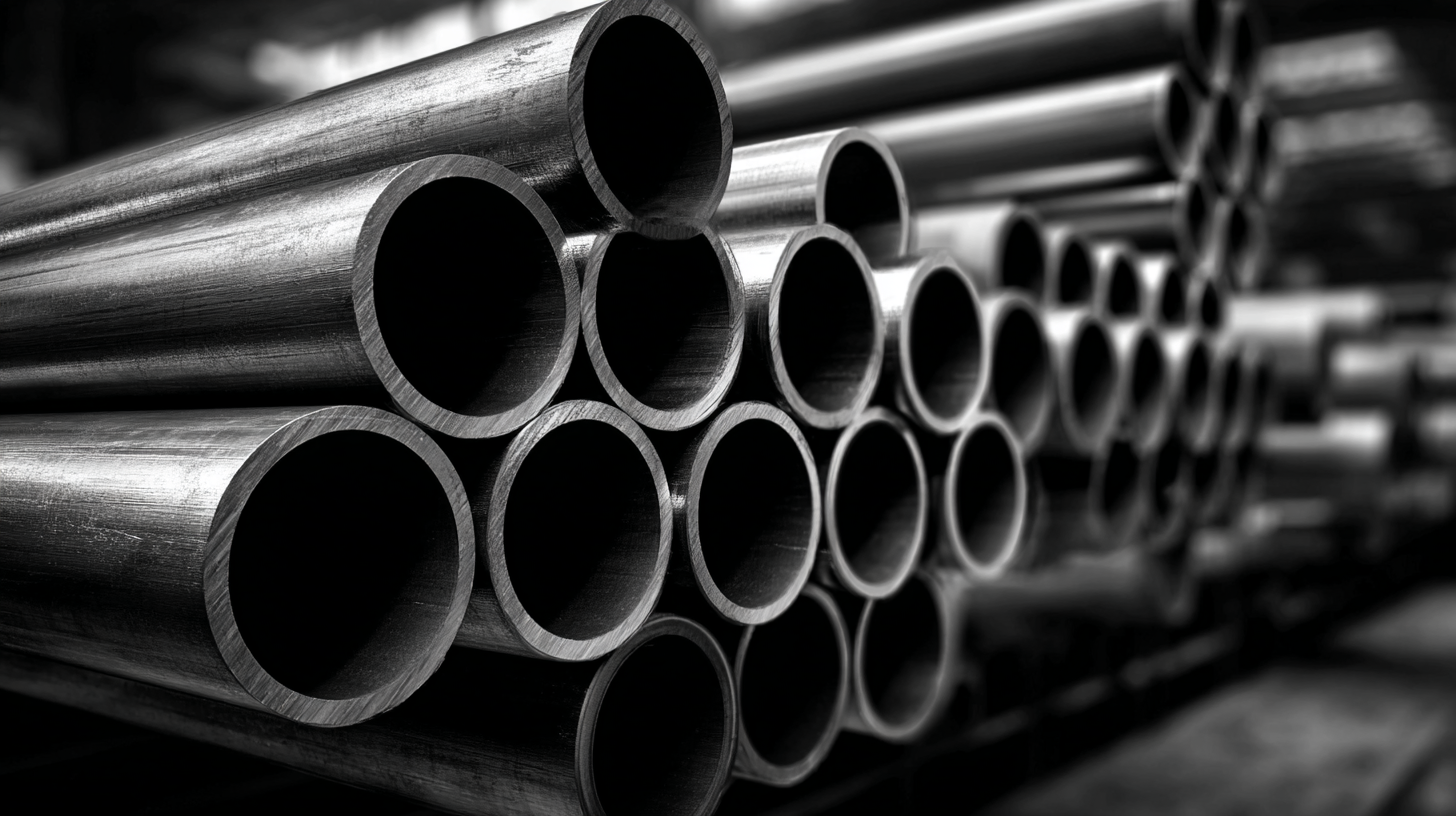 Seamless pipes, known for their superior strength and reliability, have become a preferred choice in various applications, especially in oil and gas, chemical processing, and construction industries.
According to a report by Grand View Research, the global seamless pipe market size is projected to reach USD 9.6 billion by 2025, with a robust CAGR of 5.0%.
This growth is driven by the increasing demand for high-quality piping solutions that can withstand extreme pressures and temperatures.
Choosing the right seamless pipe involves understanding the specific requirements of a project, including size, material composition, and applicable standards.
As industries continue to evolve, the importance of selecting the best seamless pipe to meet unique industrial needs cannot be overstated.
Seamless pipes, known for their superior strength and reliability, have become a preferred choice in various applications, especially in oil and gas, chemical processing, and construction industries.
According to a report by Grand View Research, the global seamless pipe market size is projected to reach USD 9.6 billion by 2025, with a robust CAGR of 5.0%.
This growth is driven by the increasing demand for high-quality piping solutions that can withstand extreme pressures and temperatures.
Choosing the right seamless pipe involves understanding the specific requirements of a project, including size, material composition, and applicable standards.
As industries continue to evolve, the importance of selecting the best seamless pipe to meet unique industrial needs cannot be overstated.
Seamless pipes play a crucial role in various industrial applications, particularly in industries such as oil and gas, chemical manufacturing, and power generation. With their superior strength and durability, seamless pipes are ideal for high-pressure environments, where welded pipes may fail. According to a report by MarketsandMarkets, the global seamless pipe market is projected to reach USD 77.31 billion by 2026, reflecting an annual growth rate of 5.3% from 2021. This growth is driven by the increasing demand for effective transport of fluids and gases in these industries.
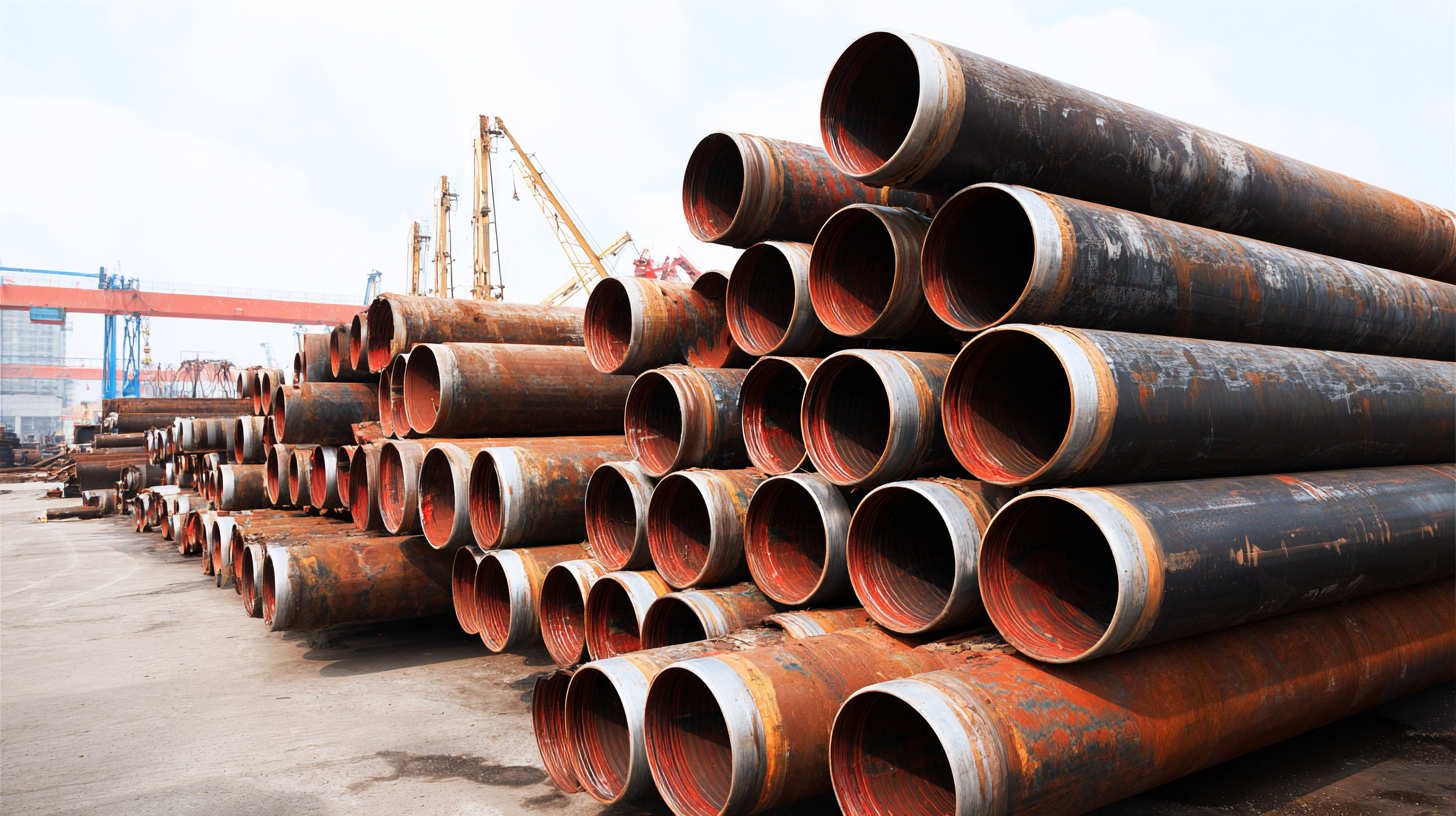
The material properties of seamless pipes, such as corrosion resistance and the ability to withstand extreme temperatures, make them suitable for a wide range of applications. For example, carbon and alloy steel seamless pipes are extensively used in the oil and gas sector for drilling and flow lines, while stainless steel seamless pipes find applications in chemical processing and pharmaceuticals due to their resistance to aggressive chemicals. Additionally, the International Energy Agency (IEA) has noted that the rise in unconventional oil production is further fueling the demand for high-performance seamless pipes that can endure such challenging conditions.
When selecting the best seamless pipe for your industrial needs, evaluating the material options is crucial. Among the most common materials, carbon steel and alloy pipes stand out due to their balance of strength, ductility, and cost-effectiveness. Carbon steel seamless pipes are favored in various industries for their high tensile strength and ability to withstand high pressure, making them ideal for oil and gas applications. On the other hand, alloy seamless pipes offer enhanced performance at elevated temperatures and corrosive environments, making them suitable for chemical processing and power generation.
Tips: When choosing between these materials, consider the specific requirements of your application, such as pressure ratings, temperature variations, and environmental factors. Conduct thorough research on each material's properties and ensure it aligns with your operational needs.
Additionally, stainless steel seamless pipes are projected to see significant market growth, driven by their corrosion resistance and longevity. They may be a more expensive option, but their durability can lead to lower maintenance costs over time. Evaluate your long-term goals and operational environment to make an informed decision regarding the best seamless pipe for your application.
When selecting seamless pipes for industrial applications, determining the right dimensions and specifications is critical to ensure efficient performance and compliance with industry standards. According to the ASTM A106, seamless pipes designed for high-temperature service must meet stringent requirements, including thickness, diameter, and yield strength. For instance, pipes with a nominal size of 2 inches and a wall thickness of 0.154 inches can withstand pressures up to 4,000 psi, making them suitable for various high-pressure applications.
Tips: Always refer to the relevant ASME or ASTM standards when choosing pipe specifications. This ensures that the selected pipes won't only fit your technical requirements but also align with regulatory compliance for safety and quality.
When selecting the diameter, it's essential to balance flow capacity and material strength. For example, a larger diameter enhances flow rates but may lead to increased pressure drops if not matched correctly with pump specifications. Industry reports, like those from the Global Steel Pipe and Tube Market report, indicate that the demand for specific sizes is shifting, with growing industries opting for pipes ranging from 6 to 12 inches in diameter to accommodate larger volume flows.
Tips: Consider future scalability. Choosing a slightly larger pipe can provide room for potential increases in flow rates without needing immediate replacements.
When selecting the best seamless pipe for industrial applications, it’s crucial to assess the quality standards and certifications that govern their production. Seamless pipes are often subjected to rigorous testing to ensure they meet industry standards, such as ASTM, ASME, and API specifications. These standards provide guidelines on material composition, structural integrity, and performance, ensuring that the pipes can withstand extreme conditions typical in industrial settings. Observing these certifications not only ensures compliance with safety regulations but also enhances the durability and reliability of the piping solutions.
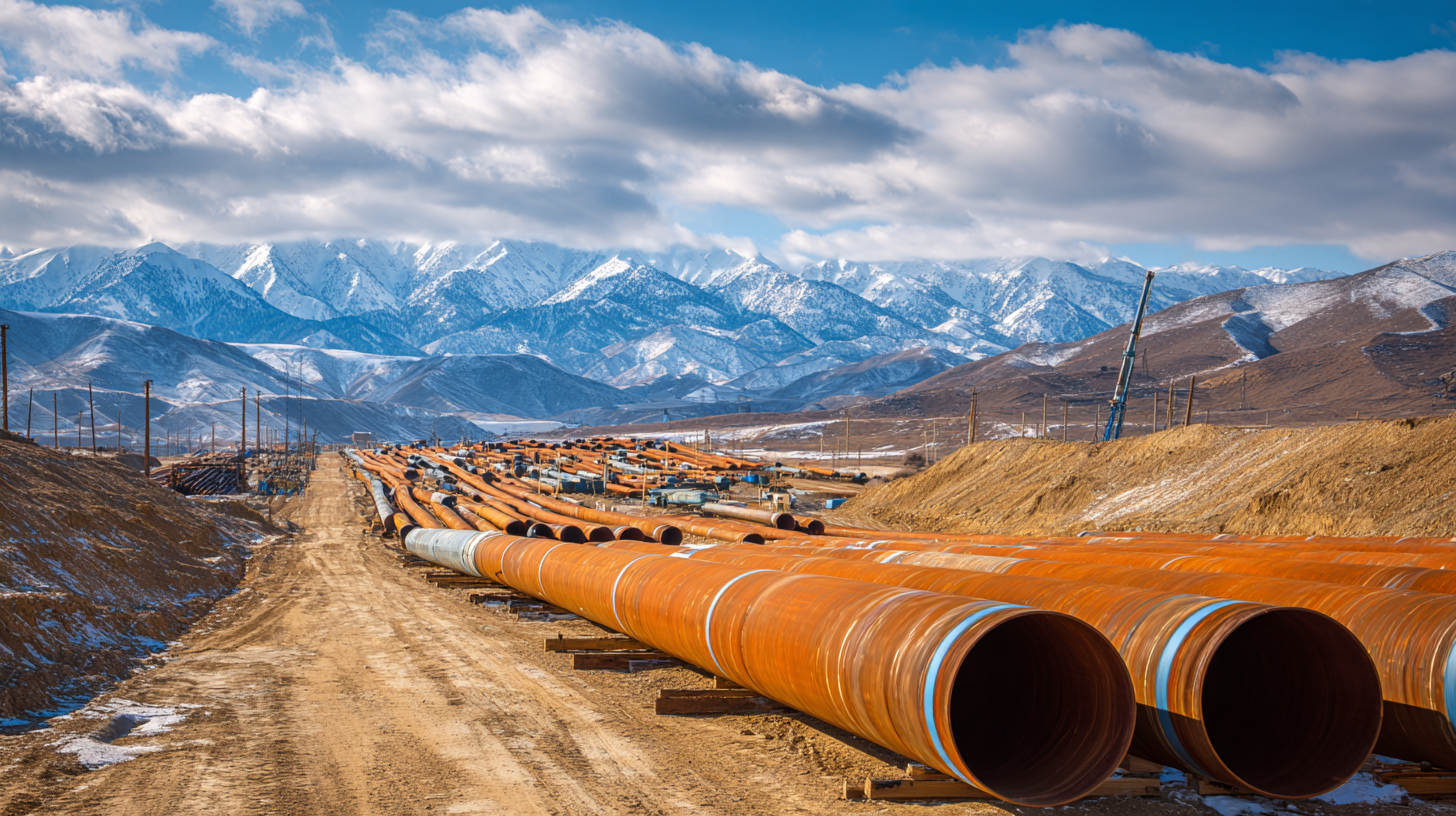
Moreover, industry certifications like ISO ensure that manufacturers adhere to quality management processes that result in consistent production of seamless pipes. Pipes bearing these certifications indicate a commitment to quality and can significantly reduce the risks associated with material failures. When evaluating potential suppliers, inspecting their certifications and understanding their quality assurance processes is paramount. Choosing seamless pipes that comply with recognized standards guarantees that your industrial operations can rely on high-performance materials tailored to meet specific operational demands.
When considering seamless pipes for industrial applications, cost is one of the most significant factors impacting decision-making. Seamless pipes typically come at a higher initial cost compared to their welded counterparts, primarily due to the manufacturing process and the quality of materials used. However, it is crucial to view the total cost of ownership rather than just the upfront price. Investing in high-quality seamless pipes can lead to lower maintenance costs and a reduced risk of failure, ultimately providing better long-term value.
Budgeting for seamless pipes involves assessing not only the initial purchase price but also additional factors such as installation, maintenance, and the specific application needs. Industries must consider factors like the working environment, pressure ratings, and compatibility with various fluids when selecting the pipe material. By conducting a comprehensive cost-benefit analysis that includes both current and potential future expenses, companies can make informed decisions that align with their operational goals.
| Pipe Material | Nominal Pipe Diameter (inches) | Wall Thickness (inches) | Unit Price (per foot) | Estimated Quantity (feet) | Total Cost |
|---|---|---|---|---|---|
| Carbon Steel | 6 | 0.280 | $10.00 | 100 | $1000.00 |
| Stainless Steel | 4 | 0.250 | $15.00 | 50 | $750.00 |
| Alloy Steel | 8 | 0.500 | $20.00 | 200 | $4000.00 |
| PVC | 3 | 0.150 | $5.00 | 150 | $750.00 |
| Copper | 2 | 0.200 | $25.00 | 80 | $2000.00 |
